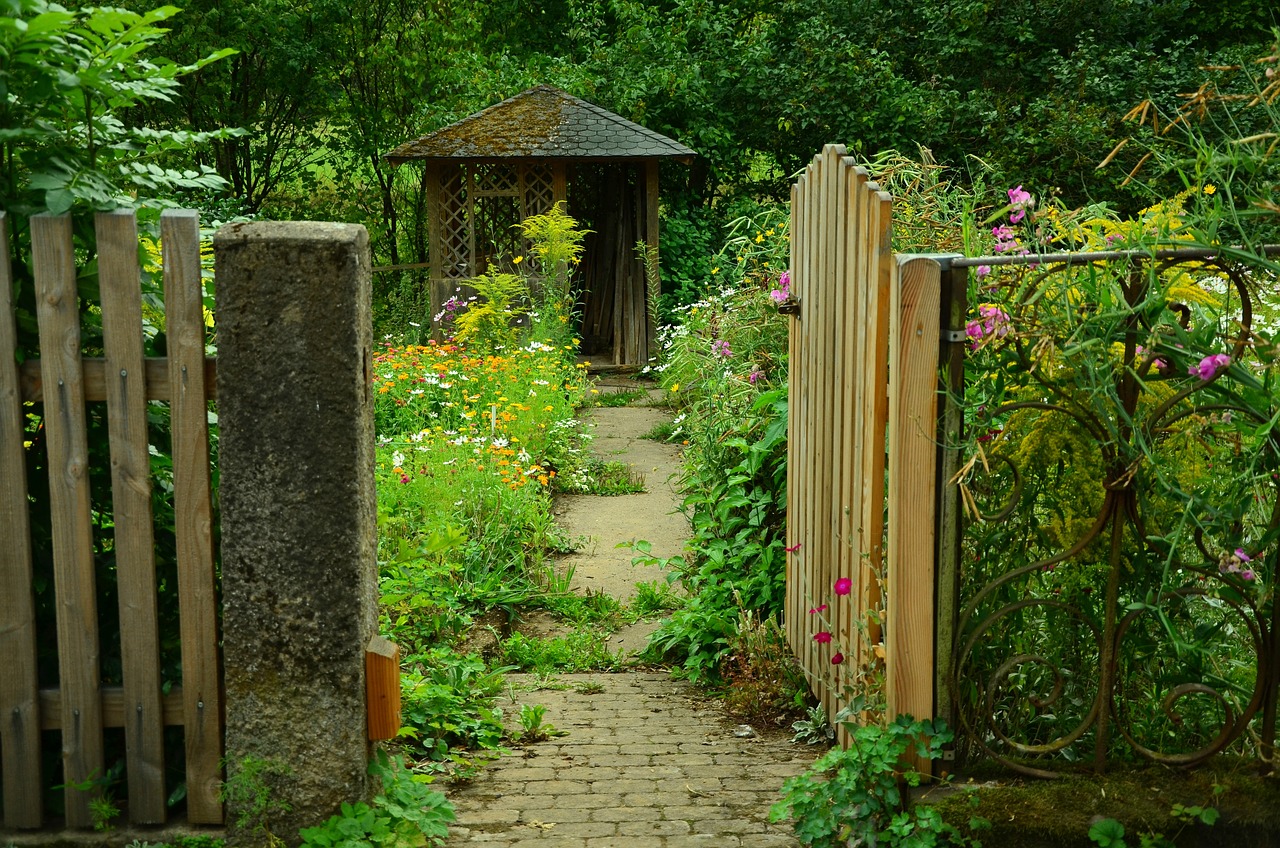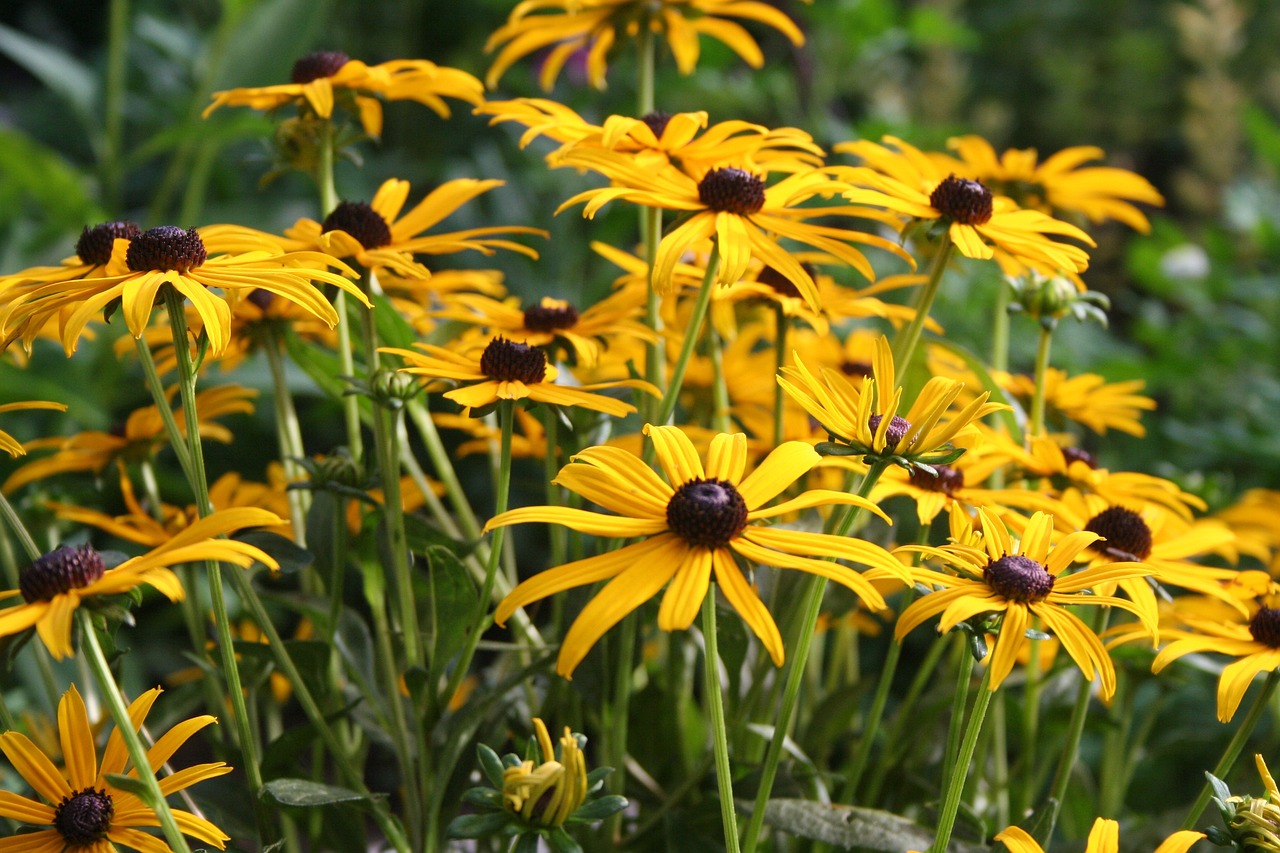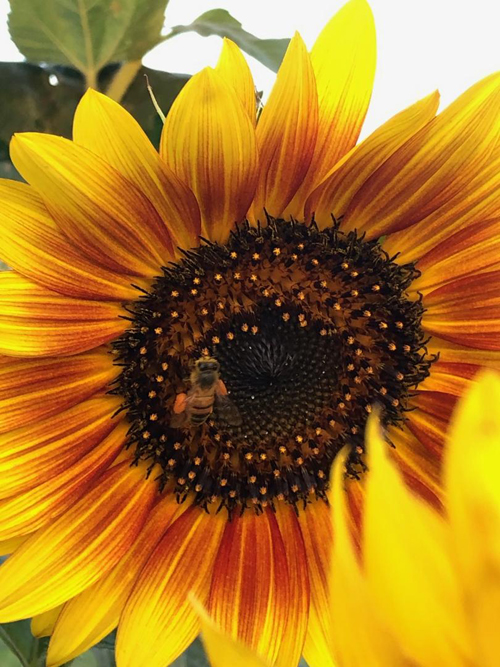Storage Tips for Sunflowers

The manner in which you store your sunflowers can play an important role in the preservation of your seeds (as well as the ease with which they’re unloaded). For example, if there is excess moisture during storage, it’s possible for the moisture to freeze the seeds, causing breakage. This happens often when they’re harvested early and stored without proper drying. Harvesting them early can help limit the potential for bird damage and shattering, but the seeds must be dried before storage. In this article, I’ll provide a few tips for storing your sunflowers properly to prevent them from being damaged.

Tip #1: Measure Moisture Accurately
Because storing your seeds when they contain too much moisture can cause problems, you’ll need to use a moisture meter. However, if your seeds are less than 40 degrees Fahrenheit, the meter will not be able to measure the moisture accurately. So, put the sample you’re using for measuring into a container and allow them to reach room temperature. Then, measure the moisture.
Tip #2: Use Aeration
The larger the storage facility, the more important aeration is. In the past, most professional growers relied upon aeration fans to keep the stored sunflower seeds cool. Today, larger facilities are being used for storage due to increased crop acreage. As a result, many growers have switched from using fans to ducts mounted into the floors.
The temperature at which the sunflower seeds are stored should remain between 20 to 40 degrees Fahrenheit. Keep in mind that aeration systems are not meant to dry the seeds (that’s the role of a high-temperature dryer).
Tip #3: Monitor Storage Quality
Don’t assume that the storage atmosphere is constant. When you first store your sunflowers after drying, you should monitor samples each week. Take the time to inspect the storage temperature and the seed moisture. You should check samples from several areas in your facility for consistency. When your seeds and the facility reach the target winter temperature, you can begin monitoring every 4 weeks. The key is frequent (weekly) monitoring in the beginning. If you neglect to do so, the temperature may be too high, attracting insects and disease.
Tip #4: Clean Out The Facility
You should clean your storage facility each day. Begin by cleaning your dryer, but also devote time to cleaning the aeration system, air ducts, and the handling structure. Trash, sunflower lint, and other debris can easily accumulate. Not only will this open the door for insects and fungi to collect, but it can cause a fire during the drying process.
Tip #5: Control Insects
It’s not uncommon for stored sunflower seeds to attract insects despite proper moisture levels, aeration systems, and a clean storage facility. Unfortunately, these insects can significantly damage your seed crop. You can control the insects by spraying your facility. Just make sure that you’re using a solution that has been approved for sunflowers.
Storing Your Sunflowers Properly
A lot of professional growers neglect to take preventative measures to ensure their seeds are unharmed by insects, disease, or combine fire. Often, it’s just a matter of devoting time and attention upfront to avoid major problems later. While some issues may not have a large economic impact, others can. By controlling seed moisture levels, using an effective aeration system, and monitoring storage temperatures, you can protect your sunflower seeds from freezing, disease, and insect infestations. When the time comes to unload your seeds from storage, you’ll be glad you took these steps.
The Author:
This sunflower information is brought to you by The Sunflower Guy, the best way to send a bouquet of sunflowers anywhere.








